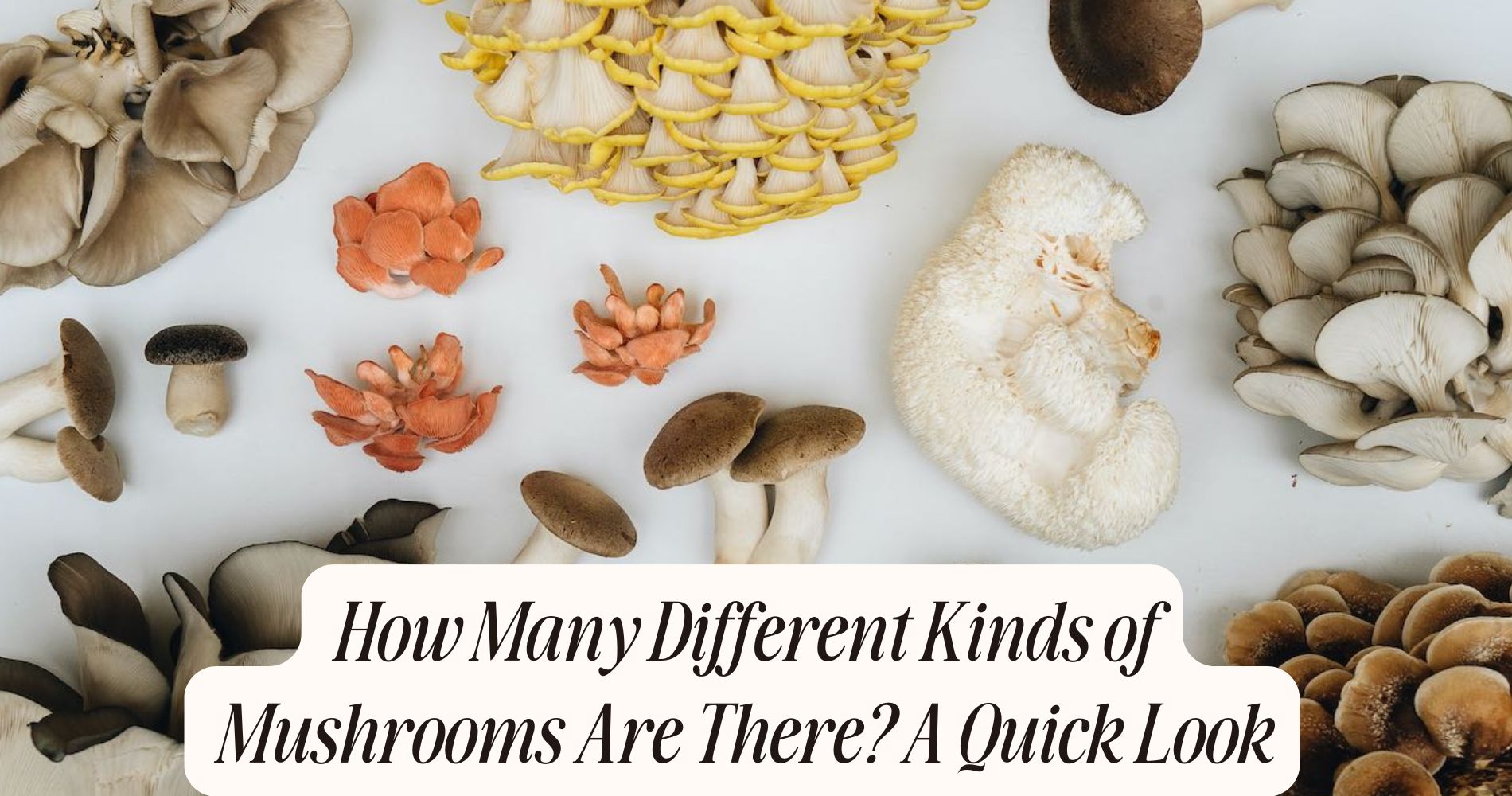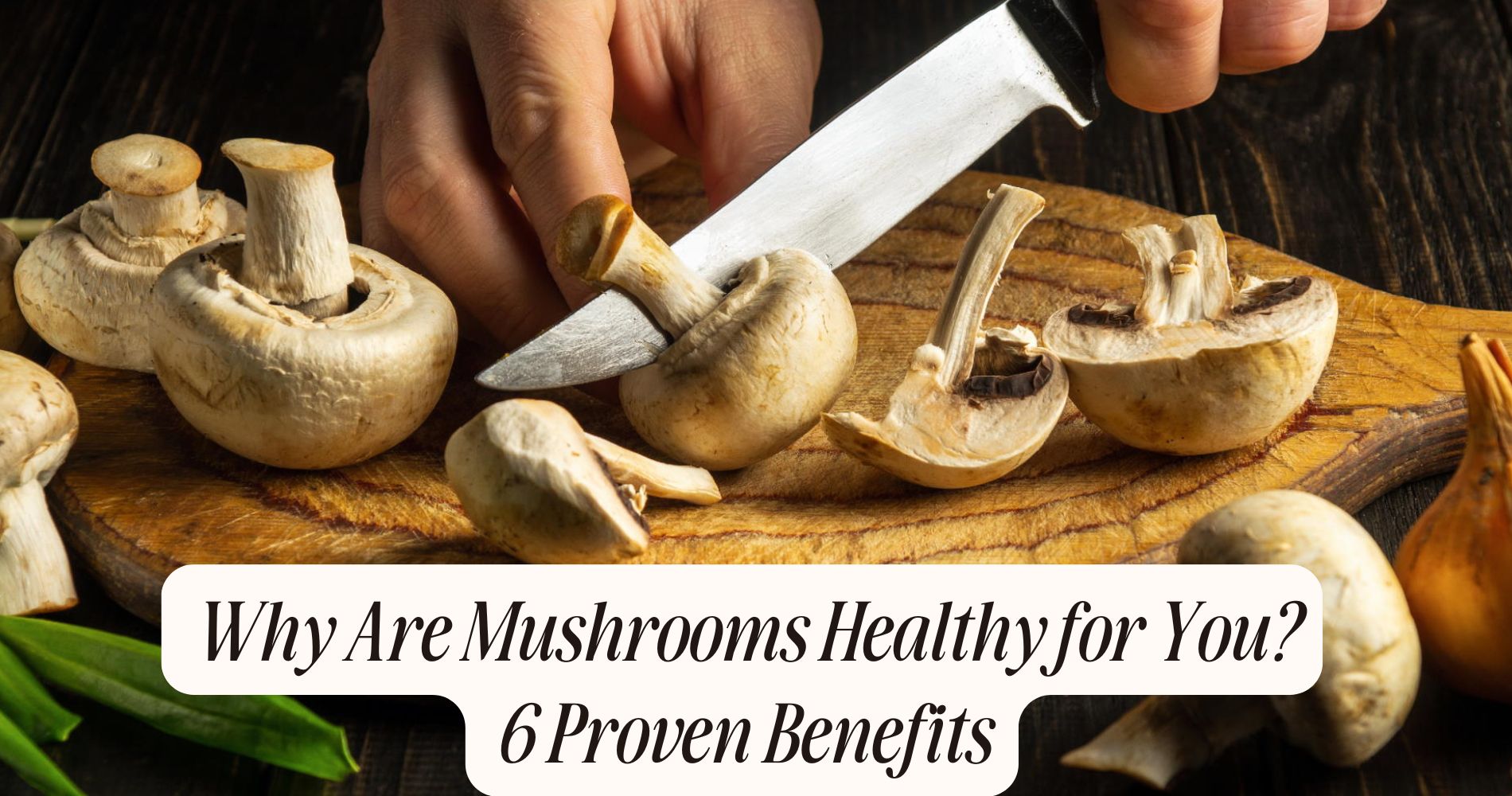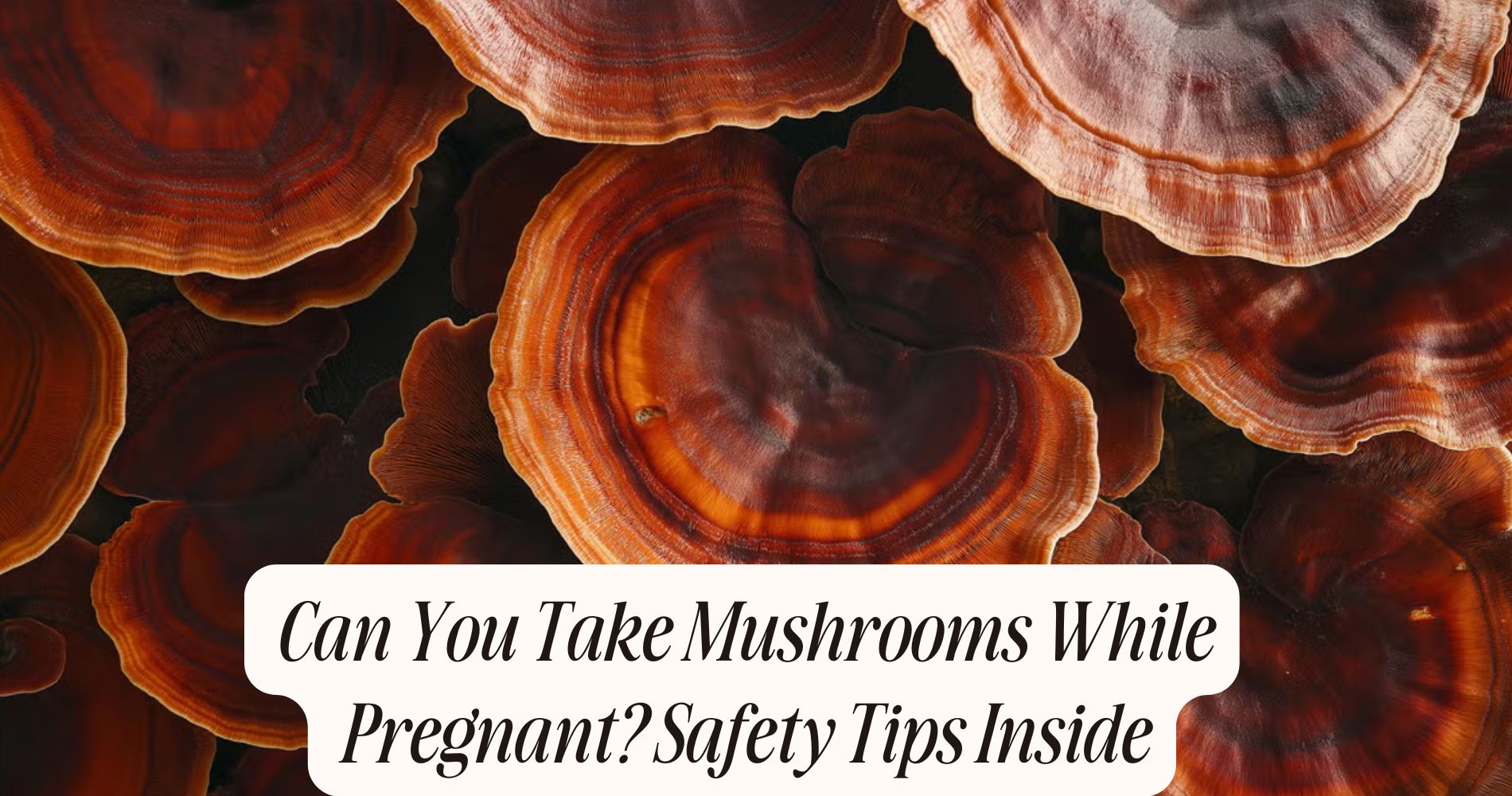
How Many Different Kinds of Mushrooms Are There? A Quick Look
How many different kinds of mushrooms are there? When you consider the vast domain of mushrooms, you're faced with an astonishing diversity. With over 14,000 documented species, estimates suggest the actual number might reach as high as 100,000. This complexity includes both edible varieties like Agaricus bisporus and rare finds such as Matsutake. Understanding their classifications and habitats reveals more about their roles in ecosystems. Yet, this is just the beginning of a deeper exploration into the fascinating domain of fungi.
The Classification of Mushrooms
Mushrooms, those fascinating fungi, can be classified into various categories based on their characteristics and ecological roles. Understanding mushroom taxonomy is essential for identifying different species.
You’ll find that mushrooms are primarily divided into two major groups: the gilled and the non-gilled. Gilled mushrooms, like the common Agaricus, possess a structure that facilitates spore dispersal, while non-gilled varieties, such as polypores, have pores or tubes.
Additionally, fungal characteristics like morphology, habitat, and reproductive methods play a significant role in classification. For instance, some mushrooms form symbiotic relationships with trees, while others are saprophytic, breaking down organic matter.

Edible vs. Poisonous Mushrooms
While exploring the diverse world of fungi, you’ll quickly discover that distinguishing between edible and poisonous mushrooms is essential for foragers and culinary enthusiasts alike.
Edible varieties, such as chanterelles and porcini, offer delightful flavors and nutritional benefits. In contrast, many mushrooms harbor toxic effects, with species like the infamous Amanita phalloides causing severe illness or even death.
Understanding the characteristics of these fungi, such as color, shape, and habitat, can greatly reduce risks. Always consult reliable guides or experts before foraging.
Even experienced foragers can misidentify mushrooms, leading to potentially lethal consequences. As a result, thorough research and caution are paramount when traversing the intricate landscape of edible versus poisonous mushrooms.
Common Types of Mushrooms
Fungi come in many forms, each with unique characteristics and uses. Among the most common types, you'll find button mushrooms, often used for their mild flavor in salads and dishes.
Shiitake mushrooms offer a rich, earthy taste, making them a staple in Asian cuisine. Portobello mushrooms, with their large caps, serve as excellent meat substitutes.
Enoki mushrooms are prized for their delicate texture and are often featured in soups. Chanterelle mushrooms, with their distinctive trumpet shape, provide a fruity aroma.
Morel mushrooms, known for their honeycomb appearance, are highly sought after. Oyster mushrooms are versatile and easy to cultivate, while porcini mushrooms bring a robust flavor to sauces and risottos.
Each type contributes uniquely to culinary experiences.

Rare and Exotic Species
Exploring the world of rare and exotic mushroom species reveals a fascinating array of forms and functions that go beyond common culinary applications.
These fungi often thrive in rare habitats, such as remote forests or high-altitude ecosystems, where environmental conditions foster their unique characteristics. For instance, the Matsutake mushroom is prized for its aromatic qualities and is found in specific pine forests, while the Blue Foot mushroom boasts vibrant pigmentation and thrives in tropical regions.
Researchers study these species to understand their ecological roles, potential medicinal properties, and the implications of habitat loss.
The Total Number of Mushroom Species
The diversity of rare and exotic mushroom species hints at the vast number of fungi that inhabit our planet. Current estimates suggest there are over 14,000 documented mushroom species, but the true number may range from 30,000 to 100,000 due to ongoing discoveries and advancements in fungal taxonomy.

As you explore mushroom diversity, you’ll find species ranging from the commonly known, like Agaricus bisporus, to the more obscure, such as the bioluminescent Mycena chlorophos. The challenge lies in accurately classifying these organisms, as many remain undescribed.
This ongoing research not only enhances our understanding of ecological roles but also reveals potential uses in medicine and environmental sustainability, making the study of mushrooms a continually evolving field.
One Gummy, Ten Mushrooms—Wellness Made Simple
Curious about how to enjoy the power of multiple mushroom varieties in one easy step? Meet SUPER MUSHROOM GUMMIES by Well Gummies. Each delicious wild berry chew is packed with 10 functional mushrooms, carefully selected to support your brain, body, and immune system. Whether you’re intrigued by lion’s mane for focus or reishi for calm, this vegan-friendly gum chew makes daily wellness simple, effective, and—most importantly—tasty. No jitters, no crash. Just balanced energy and clear-headed confidence you can carry all day.
Frequently Asked Questions
Can Mushrooms Grow in Any Environment?
Mushrooms thrive in diverse habitats, but they need specific environmental factors like moisture, temperature, and organic matter. You’ll find them in forests, grasslands, and even urban areas, adapting to various conditions for ideal growth.
How Do Mushrooms Reproduce?
Mushrooms reproduce through spore dispersal, where spores germinate in suitable conditions. This initiates the fungal lifecycle, leading to mycelium formation and eventually fruiting bodies. Understanding this process reveals the complexity of fungal reproduction and ecosystems.
What Are the Health Benefits of Mushrooms?
Mushrooms boast impressive nutritional value and medicinal properties. They’re rich in antioxidants, vitamins, and minerals, supporting immune function and reducing inflammation. Including them in your diet can enhance overall health and well-being considerably.
How Do You Identify Mushroom Species?
To identify mushroom species, you’ll examine their characteristics like cap shape, color, and gills. Use identification techniques such as spore prints and habitat analysis to differentiate between edible and toxic varieties effectively.
Can Mushrooms Be Cultivated at Home?
Yes, you can cultivate mushrooms at home using specialized mushroom kits. These kits provide the necessary substrate and spores, allowing you to create ideal growing conditions. Careful monitoring of humidity and temperature guarantees successful mushroom production.
Conclusion
In summary, understanding the vast diversity of mushrooms is essential for both culinary and ecological purposes. With over 14,000 documented species and estimates suggesting up to 100,000, the classification of mushrooms presents ongoing challenges in mycology. From edible varieties like Agaricus bisporus to rare species such as Matsutake, each type contributes uniquely to ecosystems. Continued research not only enhances our knowledge but also underscores the importance of preserving these fascinating organisms in their natural habitats.




